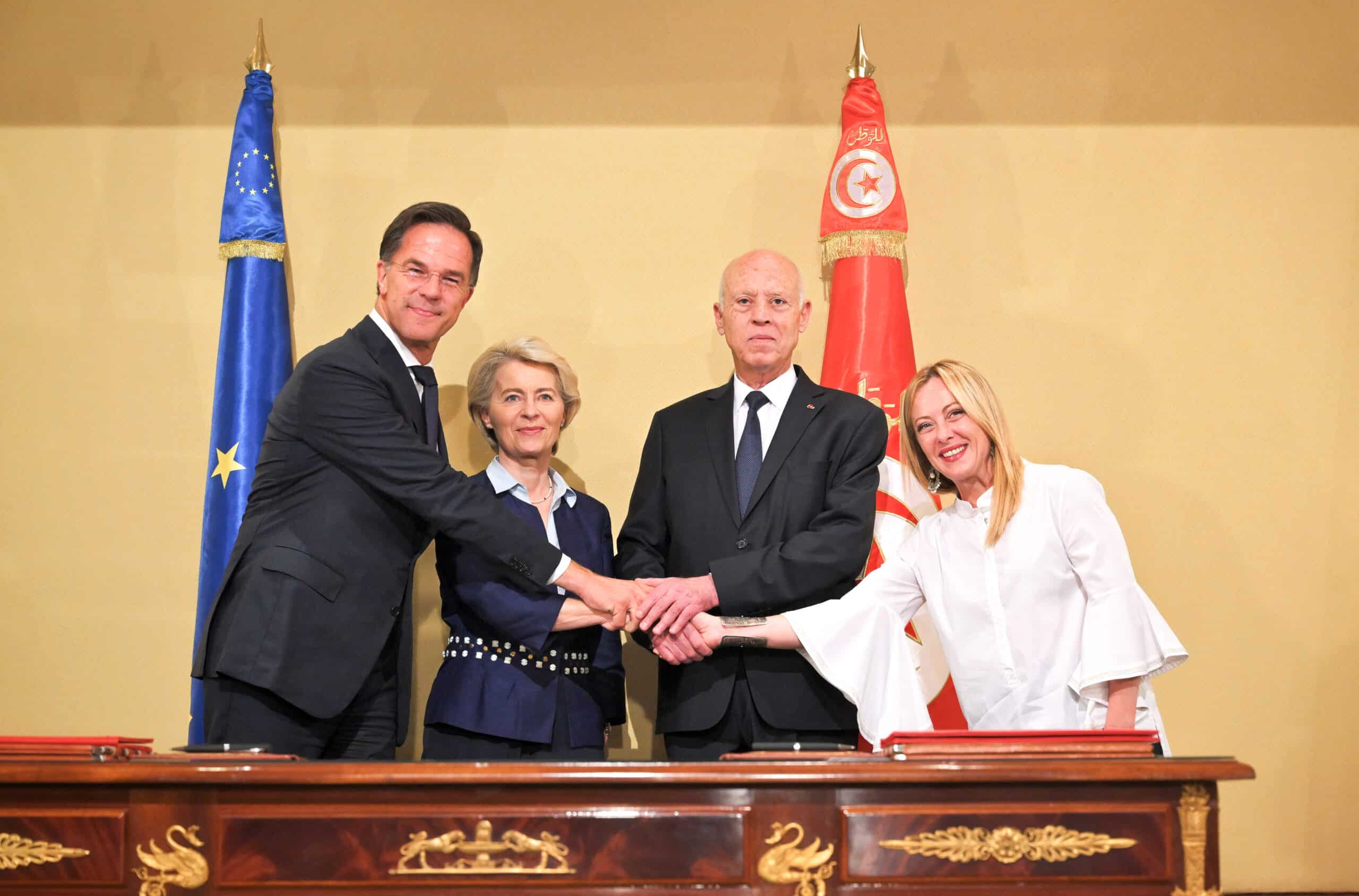Brussels – It may be the key to the future. Everyday life in perennial wireless connectivity and high-end performance. In short: the 6G. Not just superfast internet. The 6G aims to expand the boundaries of connectivity, enabling innovations such as holographic communication, seamless extended reality, and large-scale artificial intelligence (AI) integration. As 2030 approaches, the groundwork is being laid for the next frontier in mobile communications, which can also address the innovation and sustainable needs inherent in the dual green and digital transition hinged on the Green Deal. But Europe appears to be lagging and needs to do more if it does not want to miss the race of the future, which China has already begun to invest in. The potential is there, but not the political and investment attention, as the European Parliament working paper prepared by the institution’s research centre, and dedicated to the topic notes.
6G technologies for even faster internet and communication have the potential to make the economy more sustainable, reducing environmental impact and counterbalancing global warming. From this perspective, the “green” potential of 6G networks for telecommunications and ultra-fast internet is recognized. “They could minimize their environmental impact,” thanks to a range of strategies such as “smart solutions” as well as “use of renewable energy”, the EU Parliament analysts point out. It is true that IC technologies and services “are part of global warming,” yet “at the same time it has the potential to reduce emissions” of greenhouse gases “for other sectors of the economy.”
After all, already with today’s technologies, 5G alone is expected to contribute up to a 15 per cent reduction in global greenhouse gas emissions by 2030, while on the consumption side, 6G is expected to cut energy use by about half compared to 5G’s requirements: Not insignificant potential targets, considering that information and communication technologies are responsible for between 5 and 9 per cent of global electricity use, and for about 2.5 per cent of greenhouse gas emissions. Numbers that are expected to grow, given the decrease in the number of people without access to the Internet and the growing demand for new networked and interconnected services.
6G can make a difference, but risks not being labelled “made in the EU”. The European Union is suffering from policy, planning, and investment delays. In what is seen as a real “race” for next-generation technologies, the twenty-seven countries risk falling behind to the advantage of Asia. Mainly South Korea and China are playing this game with determination. The former is traditionally a “friend” of the EU and the West, the latter less so, as competition and showdown on today’s technologies, 5G, show.
Seoul is pushing “to position itself as a leader in 6G technologies, gaining a dominant weight in international patents.” Beijing, at the same time, “is boosting its research in 6G networks” and at present “about half of all global patent applications” appear to be Chinese—a reminder to push to do more, in the name of competitiveness, sustainability, and strategic autonomy. As the European Union is determined to change the game’s rules in a green and innovative sauce, “balancing technological progress with environmental considerations remains a key objective for 6G development,” the document warns. But a firm policy is needed. “The leading countries and companies in 6G development and deployment are expected to gain a competitive advantage in technological innovation, economic growth, and influence in global standard-setting.” China is already ahead of the game.
![Il 5G è già superato. E' iniziata la corsa al 6G [foto: imagoeconomica, rielaborazione Eunews]](https://www.eunews.it/wp-content/uploads/2024/02/6g-750x375.png)



![Una donna controlla le informazioni sul cibo specificate sulla confezione [foto: archivio]](https://www.eunews.it/wp-content/uploads/2014/12/Etichette-alimentari.jpg)

